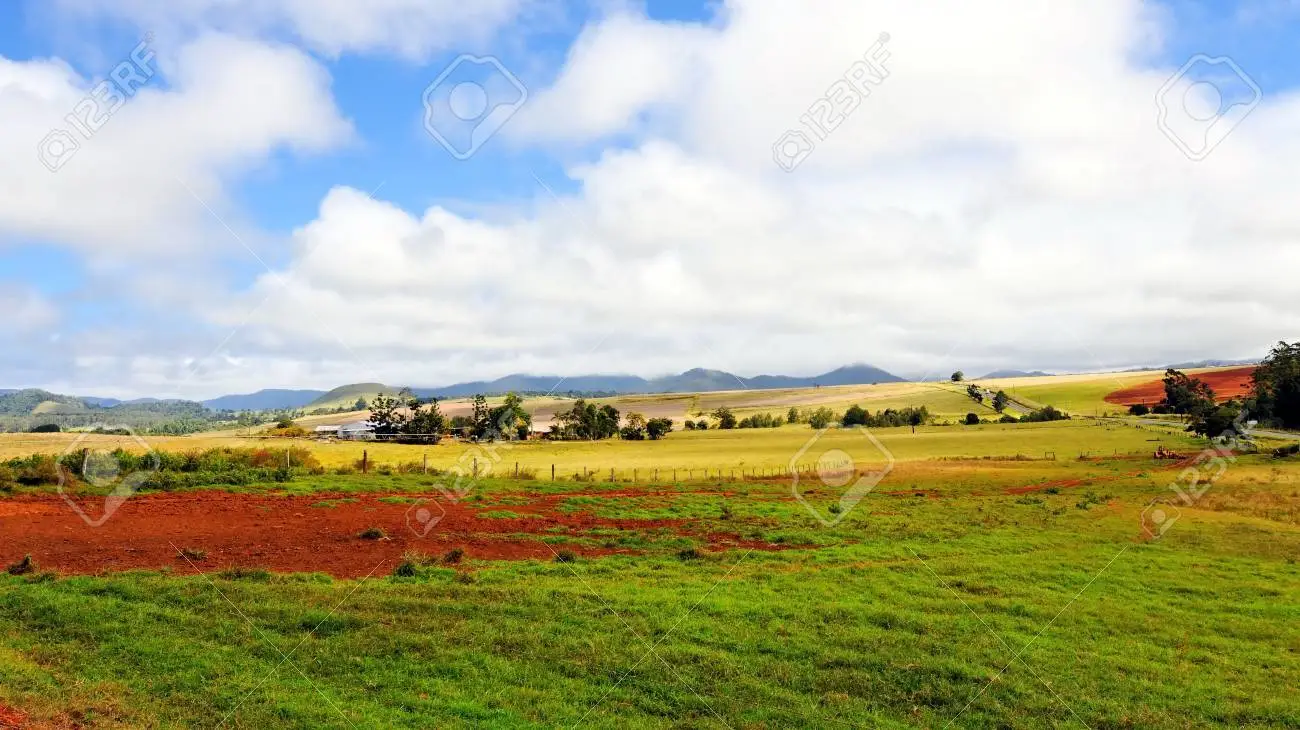



Article by: Hari Yellina
According to a Rural Bank analysis released on Tuesday, Australian agricultural costs have had their biggest growth in 27 years, with land values growing by 20% in the last year. According to the Australian farmland value report, which looked at data from 1995 to 2021, the median price of rural property increased for the eighth year in a row in 2021, rising by a total of 123 percent since 2014, to just over $7000 per hectare. Moreover, according to the data, farmland transactions in 2021 totaled a record 10.8 million hectares of land transferred, with a combined value of $15.6 billion.
According to Michael Curtis, senior agricultural analyst at Rural Bank, the sales marked a 22.5 percent rise in the number of transactions over the previous year. The number of hectares of Australian farmland sold in 2021 is equivalent to the size of Portugal. Mr Curtis told AAP that “partly due to farmers who would have held on rather than selling during the drought times of 2018 and 19.” Over the last 18 years, farmland values have expanded at a somewhat quicker rate than the housing market, according to him. “Residential property prices in Australian capital cities have risen at a rate of roughly 5.4 percent each year, compared to 8.4 percent for Australian farmland during the same period.”
In 2021, the median price per hectare in Western Australia, Queensland, and Victoria all increased by more than 30%, while development was more moderate in South Australia, Tasmania, and New South Wales, and the Northern Territory had a fall. Southern Tasmania experienced the most growth of any location, with a median price increase of 50.9 percent, but milder growth elsewhere in the state resulted in a 7.6 percent increase in the median price of rural land. At $14,730 per hectare, Tasmania had the highest median price per hectare. “Constrained supply, low interest rates, and increased demand underpinned farmland values across Tasmania in 2021,” said Dean Lalor of Rural Bank in Launceston.
As per the report, Western Australia experienced the most price increases, with a 36.3 percent increase in land prices during the year. The Northern Territory was the only part of Australia to see a decrease, with the median price falling by 18%. Although this follows a 65.2 percent gain in 2020. Farmers have been benefiting from favourable weather, according to the agricultural values survey. “Corporates, family farmers, lifestylers, and tree-changers all stimulate competitiveness across the various property market categories,” said Simon Dundon, general manager of Rural Bank’s sales partnerships and marketing.
However, Mr. Dundon noted that signals of buyer trepidation were beginning to surface. “The threat of increasing loan rates, as well as margin pressures from higher input prices, might depress demand and limit property value rise.” “The sharp increase in property values in recent years may make some properties unaffordable for a number of farmers – and unviable as stand-alone operations, which should not be overlooked as a barrier to new entrants to the market.”